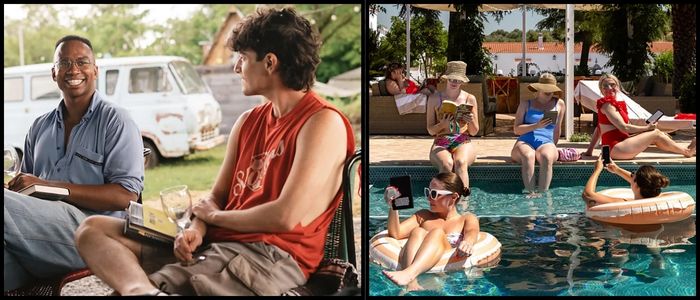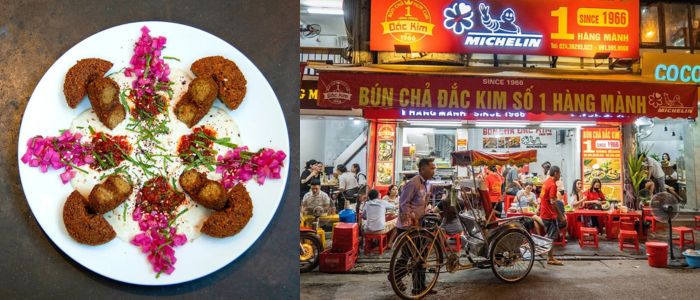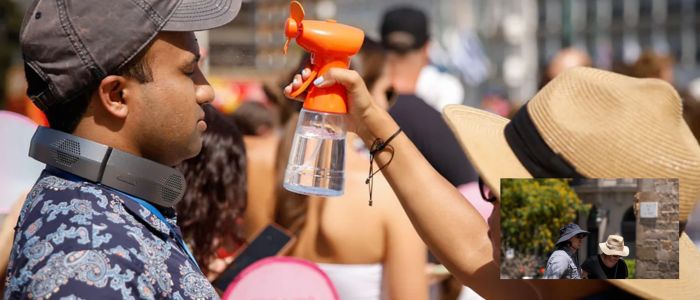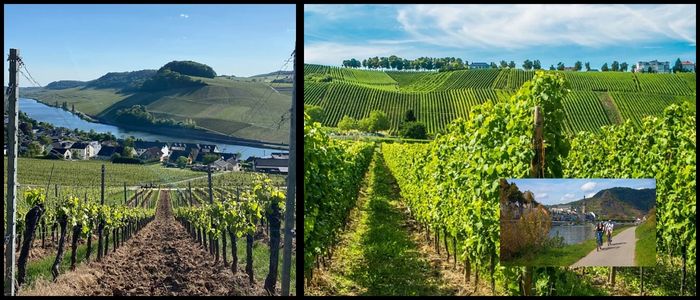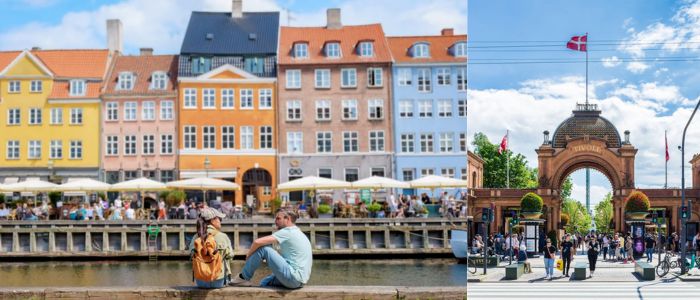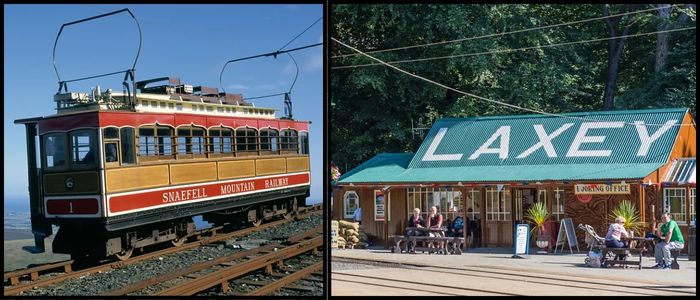This tranquil region of lakes and wetlands, dotted with centuries-old villages — just 30 miles from the Baltic Sea — also harbors one of Europe's most secret Cold War sites.
The Plokštinė Missile Base was constructed to obliterate anything in its path.
Built in absolute secrecy, this underground base once stored nuclear weapons targeted at Western Europe.
Today, the museum has been transformed into the Cold War Museum and receives thousands of visitors every year.
Just in 2024, an estimated 35,000 people went underground to tour the creepy and historic site.
From Secrecy to Museum Halls
And the base was completed in 1962 after a furious two years of construction, which involved more than 10,000 workers from all over the Soviet Union. Hidden behind thickets of forest not far from the town of Dilsen-Stockem, Belgium's first nuclear reactor comes into view in companionable proximity to a pig farm.
Surrounded by three rows of barbed wire fences and these days rusting barrels — dump-site signs warn against grazing because radioactivity lingers below ground here – aside four white domes once built during J.F.K.'s presidency to shelter missiles' noses.
Locals had known about the place too, even though they did not know what it was for when growing up nearby, said Cold War Museum guide Aušra Brazdeikytė. Soldiers and jumbo equipment were now a part of the daily routine, but to ask questions was dangerous.
The spot's remoteness, soft soil, and nearby Plateliai Lake — which cooled the systems down — contributed to its desirability for secrecy.
Constructed to endure attack and secrecy, the Plokštinė base was surrounded by a two-mile-long electric fence as well as dense forest. It escaped the attention of American intelligence until satellite imaging found it in 1978 — by that point, disarmament agreements between the USSR and America had already rendered it inactive.
The way into the base is still a hole in the ground. Today, guests naturally walk across a Russian-language sign above their head, begging them to "please, wipe your feet" before walking through the hermetically sealed doors.
Inside, the subterranean labyrinth gives way to control rooms and living quarters — conscious work that connects up with hundreds of miles (and kilometers) more tunneling once used for R-12 Dvina missiles.
The base also had an underground power plant so it could generate its own electricity. After Lithuania declared independence in 1990 and the Soviet Union dissolved, some of Rover's buildings were stripped for metal and then abandoned.
But with E.U. funding, the base was developed into a museum and restored for another purpose, preserving its spooky history when it reopened in 2012.
Now, instead of the opulent welcome for generations that forced guests to traipse over five empty ranks in a diminished clamber toward Ceaușescu's quarters on the first floor, visitors pass through dimly lit halls hung with Soviet-era memorabilia — statues of Lenin and Stalin, propaganda posters, military medals, or hammer-and-sickle symbols. The atmosphere is disturbing and enhanced by mannequins of soldiers.
Exhibits span the Cold War's key moments, propaganda strategies, and the region's place in the nuclear arms race.
Among the most visually arresting features is a gargantuan missile silo. There's a 100-foot-deep shaft that dives into the earth — an ice-cold reminder of what once lay beneath.
No missile was ever actually launched, although there were accidents. Brazdeikytė remembers one victim who fell to his death in the shaft after a safety harness snapped. Two more died in a nitric acid spill while refueling.
Life Above: A Ghost Town and a Country at Risk
Near the missile base is a derelict military town in which 300 soldiers and officers once lived. After the base was decommissioned, some of its buildings were reconfigured to open a children's summer camp called Žuvėdra from 1979 until 1990.
There's an odd mural of a gnome sitting on a mushroom, holding out a flower — certainly not the sort of imaginative touch one usually associates with this grim place.
Most of the town is now a ruin, overgrown and neglected. Mud-coated storage hangars that look like hidden pyramids are concealed in the forest.
The deeper we go into this dark period, the more of a living culture is present in wondrous Žemaitija. The national park is a sanctuary for nature enthusiasts, studded with hiking trails, lakeside campgrounds, and traditional houses. Pagan and Christian traditions sit side by side here, testament to a long local history.
Food is a draw in the neighborhood. Visitors can sample Žemaičių blynai — potato pancakes with meat — and cepelinai, a stuffed potato dumpling.
A refreshing local touch is the cold beetroot soup, šaltibarščiai.
In the nearby town of Plateliai, 15 minutes' drive north from where the missile was based, tourists can see a wooden church called Church of Apostles Peter and Paul, which is over two centuries old, or explore Mardi Gras Museum with unique wooden masks.
Lake Plateliai is great for walking, cycling, or simply lounging by the water.
Former site of Europe's secret nuclear menace, Plokštinė now stands as a testament to perseverance.
Lithuania has transformed its darkest secrets into lessons of history and turned forests here, too, into sites for reflection and discovery.
Travel
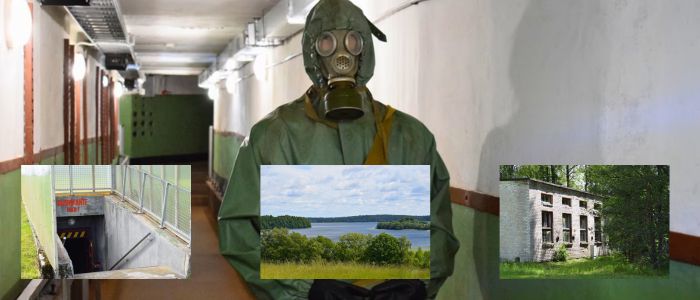
Inside Lithuania's Forgotten Nuclear Missile Base

Deep in the forests of western Lithuania, among swaying birch and Baltic pine trees within Žemaitija National Park, sits a long-hidden Soviet relic.








